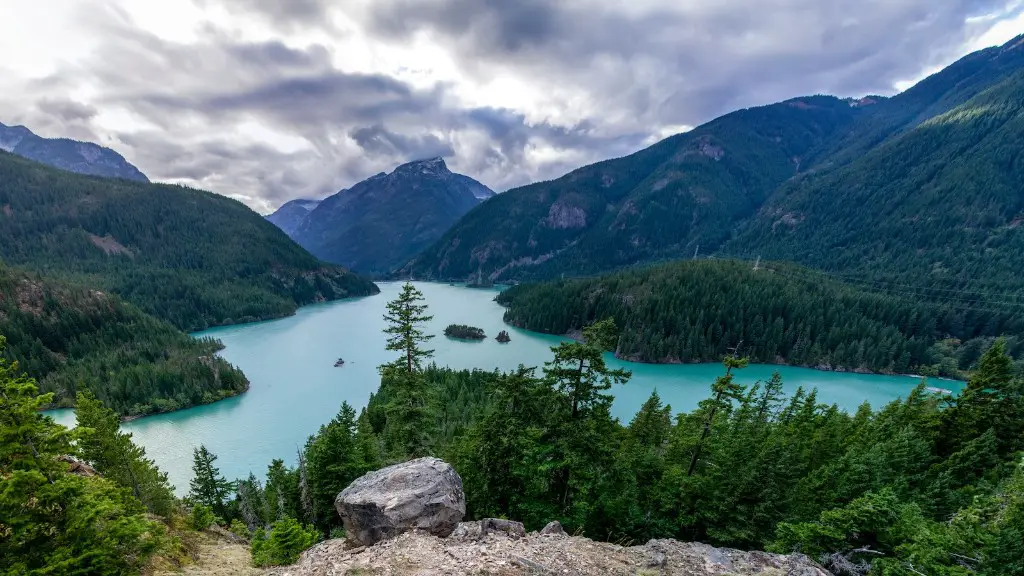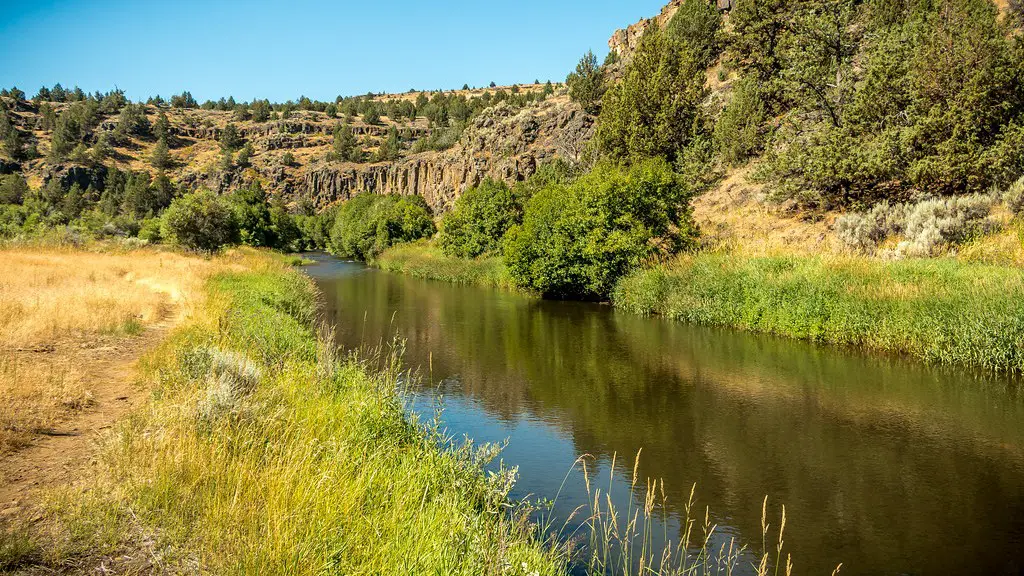Where does the Mississippi River Start?
The Mississippi River is one of the world’s most famous rivers and is often referred to as America’s ‘Great River’. It is the second-longest river in the United States, stretching more than 2,300 miles from its source in Minnesota to its mouth at the Gulf of Mexico. The absolute location of the Mississippi River is a matter of some disagreement among experts. This article provides an overview of where the Mississippi River starts, how long it is, and how important it is to the U.S. economy.
Where Does the River Begin?
Most geographers and historians agree that the Mississippi River begins at its headwaters in northern Minnesota, where Lake Itasca empties into the Mississippi River. The exact location of its source is often given as Itasca State Park, near the town of Park Rapids in Clearwater County, Minnesota. From its source, the river snakes its way south, through 10 states and across the continental United States.
How Long is the River?
The Mississippi River is the second longest river in the United States and the fourth-longest river in the world, with a length of approximately 2,340 miles. It is estimated that during its course, the river drains a basin that covers an area of over 1.2 million square miles.
What Is the River’s Economic Significance?
The Mississippi River has long been an important transportation conduit for trade and commerce in the United States. In the 19th century, the river was used to transport goods from the Midwest to the Gulf of Mexico and points beyond. The river is still used for transportation today and is the primary waterway for many major commodities, including coal, petroleum, and agricultural products. It is also an important source of recreation for fishermen, boaters, and other outdoor enthusiasts.
What Environmental Considerations Surround the River?
The Mississippi River is one of the most important aquatic ecosystems in the United States. It is home to dozens of species of fish and other wildlife, and it serves as a stopover point for hundreds of migrating birds each year. The river also helps to support local tourism and recreation economies across the Midwest and in the states along its banks.
In recent decades, the river has faced increasing environmental threats due to pollution, sedimentation, and runoff from agricultural and industrial sources. A complex network of state, federal, and local agencies has worked to protect the river and its associated ecosystems, but the river remains under immense pressure from human activities.
What Challenges Does the River Pose?
The Mississippi River poses a number of challenges, both for those who seek to exploit it for economic development and for those who seek to protect it for recreational and ecological reasons. In terms of human development, the river has been dammed, straightened, and regulated for centuries, with profound impacts on the ecology of the river and the wildlife it supports. The river is also prone to flooding, putting lives and property at risk and causing significant economic losses.
More recently, climate change has begun to affect the health of the Mississippi River. Rising temperatures and more extreme weather events, such as drought, have a direct impact on water levels and the habitats that depend upon the river. As the region continues to warm, the river will face an increasing number of threats to its long-term health and viability.
What Is Being Done to Protect the River?
In recent decades, a great deal of effort has been invested in protecting the Mississippi River. Governments across the country have implemented regulations to protect the river from pollution, sedimentation, and runoff. In addition, scientists, nonprofits, and other organizations have undertaken important research and conservation efforts to preserve the river’s unique ecology, including the reintroduction of species and ecological restoration projects.
At the same time, local communities have embraced the river as an essential part of their cultures and livelihoods, investing in tourism and recreation opportunities that help to revitalize the river’s natural beauty and boost the local economy.
What Are Conservationists Doing to Protect the River?
Conservationists and environmental activists around the world are working to protect the Mississippi River and its associated ecosystems from a variety of threats. Dozens of organizations are advocating for stronger regulation of water pollution and runoff, better management of dams and levees, and improved habitat protection for fish, birds, and other wildlife. These organizations are also working to promote responsible fishing and recreation practices that help to protect the river and its inhabitants.
Can Ecotourism Help Protect the River?
Many conservationists believe that ecotourism can help to protect the Mississippi River by inspiring people to appreciate its natural beauty and inspiring them to take better care of its resources. Ecotourism offers a wide range of activities, from fishing and boating to camping, bird watching, and beyond. By encouraging sustainable tourism, this industry can help to protect the river’s fragile ecosystems while providing economic benefits to local communities.
Are There Ways to Get Involved in Protecting the Mississippi River?
Yes, there are many ways to get involved in protecting the Mississippi River. Individuals can make a difference by supporting local conservation organizations that are working to protect the river, volunteering their time to river restoration and clean-up efforts, or simply by being mindful of their own behavior when visiting the river. Additionally, individuals can support politicians and organizations that are working to increase protections for the river and its ecosystems.


